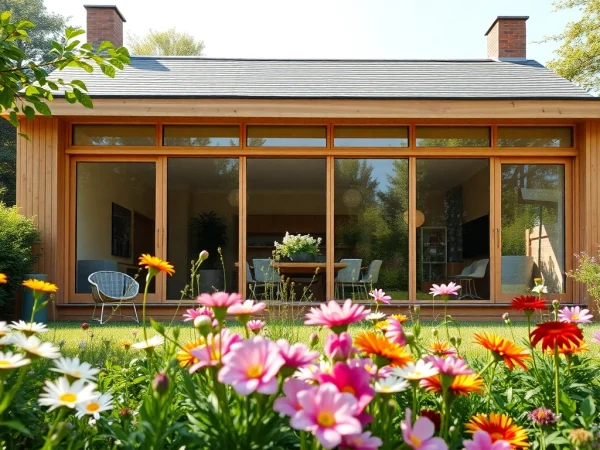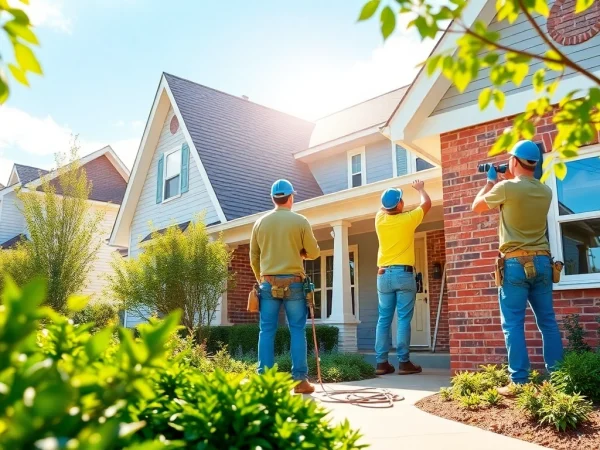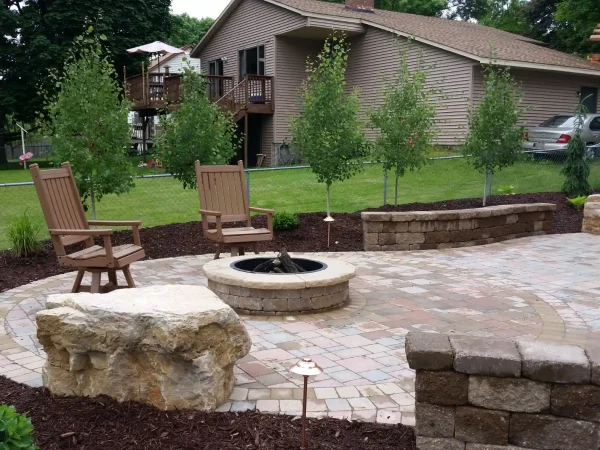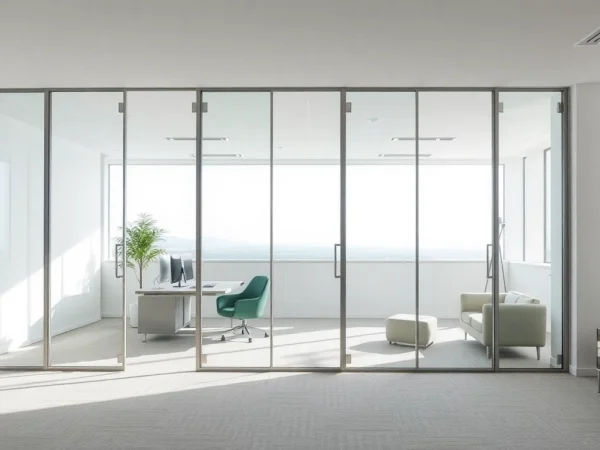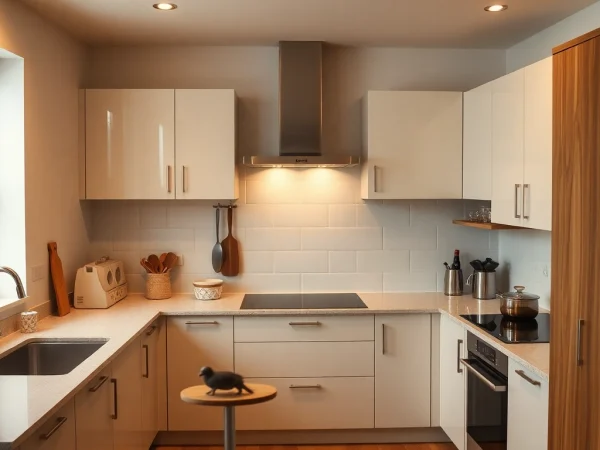Understanding Landscaping Company Pricing: A Comprehensive Guide to Costs and Value
Introduction to Landscaping Company Pricing
Understanding landscaping company pricing is crucial for homeowners and property managers looking to enhance their outdoor spaces. The landscape of a property is often the first impression visitors get, making it essential to invest wisely in landscaping services. This article will help unravel the complexities of pricing in the landscaping industry, shedding light on the various factors that influence costs and providing insights on how to budget effectively for these services.
What Affects Landscaping Costs?
Several factors play a pivotal role in determining the costs associated with landscaping. These can vary widely based on:
- Type of Services Required: Basic lawn care services differ in price compared to comprehensive landscape design or installation.
- Size of the Area: Larger properties will naturally require more materials and labor, thus increasing the cost.
- Location: Geographical differences can lead to fluctuations in labor rates and availability of materials.
- Complexity of the Project: Unique features such as water installations, retaining walls, or intricate gardens may demand higher skill levels and material costs.
- Seasons: Demand for landscaping services can cause price variations depending on the season, with peak seasons generally commanding higher prices.
Common Pricing Structures
Landscaping companies typically utilize a few common pricing structures, including:
- Per Square Foot: This is a prevalent method for estimating costs where services are priced based on the area being landscaped.
- Hourly Rates: Some professionals charge an hourly rate for their services, ranging significantly based on skill level.
- Project-Based Pricing: For larger jobs, a flat rate for the entire project can be negotiated, covering all aspects from design to execution.
- Material Costs: Sometimes, companies will break down their quotes to show labor and materials separately, providing transparency.
The Importance of Budgeting for Landscaping
Having a well-defined budget is crucial when planning any landscaping project. It helps in making informed decisions, ensuring that the project can be completed without unexpected financial strain. Homeowners should account for the following:
- Contingency Funds: It’s wise to allocate a portion of the budget for unforeseen costs that may arise during the project.
- Long-Term Maintenance: Consider the ongoing costs of maintaining your landscape, such as watering, pruning, and fertilizing, to keep your outdoor space thriving.
- Quality vs. Cost: While it may be tempting to opt for the cheapest service, consider the long-term value that comes with investing in quality materials and skilled labor.
Average Costs Associated with Landscaping Services
Cost Breakdown by Service Type
The nationwide average for landscaping projects varies widely, but there are some standard price ranges associated with different services:
- Lawn Mowing: Costs approximately $30 to $80 per service, depending on the size of the lawn.
- Garden Design: Landscape design fees can range from $400 to $3,000, largely depending on the project’s complexity.
- Hardscaping Features: Installing features like patios or walkways typically costs between $10 to $25 per square foot.
- Sod Installation: Prices can vary but generally range from $1 to $2 per square foot, not including labor.
- Tree Planting: Depending on the species and size, costs can fall between $50 to $300 per tree.
Factors Influencing Price Variations
Costs can fluctuate based on several internal and external factors:
- Seasonality: Spring and summer are peak seasons for landscaping, often resulting in higher prices due to increased demand.
- Economic Conditions: During a booming economy, labor costs may rise due to higher demand for services.
- Environmental Factors: Regions prone to harsh weather conditions might incur higher rates due to the need for specialized materials or expertise.
- Skill Level of Workers: Hiring experienced landscapers or designers may increase initial costs but can lead to long-lasting results.
Regional Pricing Differences in Landscaping
Landscaping costs can vary significantly by region due to local labor costs and material availability:
- Urban vs. Rural Areas: Generally, urban regions experience higher labor costs, whereas rural areas may offer lower rates.
- State Differences: States with a higher cost of living will reflect that in landscaping prices, often resulting in higher upfront costs for services.
- Climate Influence: Areas with a milder climate may require less maintenance, impacting the overall costs.
How to Get Accurate Estimates from Landscaping Companies
Preparing for a Consultation
Preparation is key when seeking an accurate landscaping estimate. Here are important steps to consider:
- Define Your Goals: Be clear about what you want from your landscaping project to help your provider offer the right services.
- Gather Ideas: Use digital tools, magazines, or local gardens for inspiration—you should be prepared to discuss your vision.
- Measure the Area: Know the dimensions of the area requiring landscaping to provide an accurate scope to your landscaping company.
Questions to Ask Your Landscaping Provider
When consulting with landscaping companies, asking the right questions can provide clarity and prevent misunderstandings:
- What services are included in the estimate?
- Can you provide a breakdown of labor and material costs?
- What is the projected timeline for the project?
- Do you have references or a portfolio I can review?
- What warranties or guarantees do you offer for your work?
Understanding Quotes and Contracts
Once you receive quotes, it’s vital to understand each aspect. Here’s what to look for:
- Itemized Costs: Ensure the quote details every component, including materials, labor, and disposal services.
- Payment Schedule: Understand when payments are due and the conditions for release of funds.
- Change Orders: Clarify how changes to the project will be handled and how they might affect the overall costs.
Tips for Saving on Landscaping Projects
DIY Landscaping vs. Professional Services
Homeowners should weigh the pros and cons of DIY landscaping projects versus hiring professionals:
- DIY Cost-Effectiveness: DIY projects can save labor costs but require time and effort, along with a degree of skill to execute properly.
- Quality Assurance: Hiring professionals ensures that the job is done right, often saving you from future expenses due to mistakes made during DIY attempts.
- Consultation: Even if you choose to DIY, consulting with a professional for a design plan can provide invaluable insights.
Seasonal Promotions and Discounts
Many landscaping companies offer seasonal promotions that can help reduce costs:
- Summer Packages: Promotions during peak seasons can provide bundled services at a discounted rate.
- Referrals and Loyalty Discounts: Some companies offer discounts to returning customers or those who have been referred by previous clients.
- Off-Season Deals: Seek out services during the off-season when demand is lower, leading to more competitive pricing.
Cost-effective Landscaping Ideas
Implementing strategies that prioritize cost-effectiveness can stretch your budget further:
- Native Plant Landscaping: Use plants native to your area to reduce maintenance and water costs.
- Mulching: Investing in mulch can inhibit weed growth and enhance moisture retention, thus saving on landscaping maintenance.
- Hardscaping Features: Incorporate hardscaping elements like pathways and rock features that require minimal upkeep.
Evaluating Value Beyond Price in Landscaping
Long-term Benefits of Professional Landscaping
While cost is a significant factor, the value brought by professional landscaping can outweigh these expenses:
- Enhanced Aesthetic Appeal: Well-planned landscapes increase curb appeal and positively contribute to the overall ambiance of your property.
- Environmental Benefits: Landscaping not only adds beauty but can improve air quality and increase biodiversity within your area.
- Stress Reduction: Professionally designed gardens can provide a tranquil environment that enhances mental well-being.
The Impact on Property Value
Investing in landscaping can significantly boost property values:
- Return on Investment (ROI): Well-landscaped properties often see an ROI of up to 150% as compared to poorly maintained landscapes.
- Marketability: Homes in well-manicured neighborhoods sell more quickly and at higher prices due to the visual appeal.
- Neighborhood Value: Good landscaping not only elevates your property value but can also positively influence property values in the surrounding area.
Customer Satisfaction and Quality Considerations
Ultimately, quality should not be sacrificed for lower costs:
- Investing in Expertise: Hiring qualified professionals can prevent issues that may necessitate costly repairs in the future.
- Quality Materials: Using high-quality materials ensures durability and longevity, enhancing the overall value of your landscaping investment.
- Customer Reviews: Customer satisfaction should be measured by service quality, reliability, and the outcome of the completed project.


